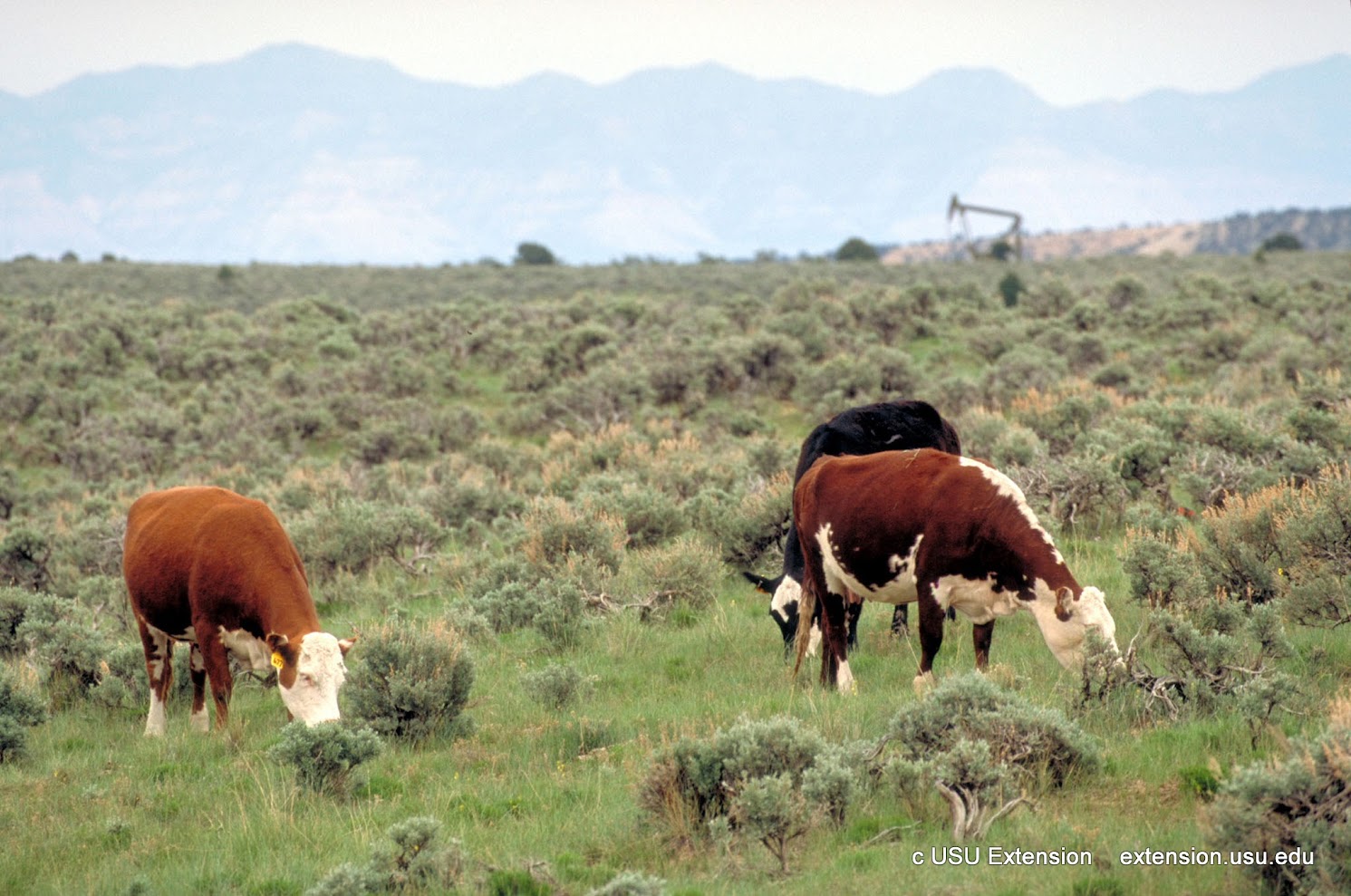Secret Aspects to Take Into Consideration When Picking Livestock Danger Security (LRP) Insurance Coverage
When reviewing alternatives for Animals Threat Protection (LRP) insurance coverage, a number of essential aspects call for cautious factor to consider to make sure efficient risk administration in the agricultural industry. Choosing the right coverage options customized to your specific livestock procedure is extremely important, as is recognizing just how superior expenses correlate with the level of defense supplied. In addition, the qualification requirements for different types of animals and the versatility of the policy to adapt to changing conditions are critical components to evaluate. Furthermore, the efficiency and openness of the insurance claims process can considerably impact the total experience and monetary outcomes for animals producers. By strategically navigating these important elements, manufacturers can protect their financial investments and alleviate prospective risks successfully.
Insurance Coverage Options
When thinking about Animals Risk Protection (LRP) insurance policy, it is vital to comprehend the various protection alternatives available to reduce dangers in the farming field. Livestock Risk Security (LRP) insurance policy offers different protection choices customized to fulfill the varied demands of animals manufacturers. Bagley Risk Management. Among the primary coverage options is price protection, which secures versus a decrease in market value. Producers can choose the coverage level that aligns with their price risk management goals, enabling them to protect their operations versus possible economic losses.
One more vital insurance coverage alternative is the endorsement period, which identifies the length of time the insurance coverage holds. Manufacturers can choose the endorsement period that ideal matches their manufacturing cycle and market conditions. Additionally, insurance coverage degrees and rates differ based upon the type of livestock being guaranteed, giving manufacturers the versatility to personalize their insurance intends according to their particular requirements.
Recognizing the different coverage choices available under Animals Risk Defense (LRP) insurance coverage is essential for manufacturers to make educated choices that efficiently protect their livestock procedures from market uncertainties.
Costs Costs

Animals Threat Security (LRP) insurance coverage offers vital protection choices tailored to mitigate threats in the farming industry, with a significant aspect to take into consideration being the estimation and framework of premium expenses. These include the kind and number of animals being insured, the coverage degree selected, the existing market prices, historical rate data, and the length of the insurance coverage duration.
Insurance companies analyze historical information on animals prices and production expenses to determine a proper costs that reflects the level of danger entailed. It is important for livestock manufacturers to meticulously assess premium expenses and insurance coverage options to guarantee they are appropriately protected against prospective monetary losses due to damaging market conditions or unexpected occasions.
Qualified Livestock
The resolution of eligible livestock for Animals Threat Security (LRP) insurance policy protection includes careful factor to consider of details standards and attributes. Livestock types that are typically eligible for LRP insurance consist of feeder livestock, fed lambs, livestock, and swine.
Feeder livestock, for example, are generally eligible for LRP protection if they fall within specified weight arrays. Lambs are one more group of livestock that can be taken into consideration for LRP insurance coverage, with variables such as weight and age playing an important duty in determining their qualification.
Before choosing LRP insurance policy for livestock, producers need to thoroughly examine the qualification criteria detailed by the insurance coverage supplier to ensure their pets fulfill the necessary demands for insurance coverage.
Plan Flexibility
Plan versatility in Animals Risk Protection (LRP) insurance coverage permits manufacturers to tailor coverage to suit their my explanation particular requirements and take the chance of monitoring strategies. This flexibility equips livestock producers to personalize their insurance plan based on elements such as the type of livestock they have, market conditions, and private danger tolerance levels. One crucial element of plan versatility in LRP insurance policy is the capacity to pick insurance coverage degrees that line up with the producer's monetary goals and run the risk of exposure. Producers can select coverage degrees that shield them versus possible losses because of variations in livestock costs, ensuring they are sufficiently insured without overpaying for unneeded insurance coverage. Furthermore, LRP insurance offers adaptability in plan period, allowing producers to pick protection periods that best fit their manufacturing cycles and advertising and marketing timelines. By supplying adjustable choices, LRP insurance makes it possible for manufacturers to efficiently handle their danger exposure while safeguarding their animals operations against unpredicted market volatility.
Insurance Claims Refine
Upon experiencing dig this a loss or damage, producers can start the insurance claims process for their Livestock Threat Defense (LRP) insurance coverage by without delay contacting their insurance coverage supplier. It is essential for producers to report the loss as quickly as feasible to expedite the insurance claims procedure. When connecting to the insurance service provider, manufacturers will certainly need to offer in-depth details concerning the event, consisting of the date, nature of the loss, and any relevant documents such as vet documents or market value.

After the evaluation is full, the insurance coverage service provider will certainly decide pertaining to the insurance claim and connect the result to the manufacturer. The manufacturer will get settlement according to the terms of their Livestock Danger Defense (LRP) insurance policy if the case is approved. It is necessary for producers to be familiar with the insurance claims procedure to ensure a smooth experience in the event of a loss

Verdict
Finally, when choosing Livestock Risk Defense (LRP) insurance policy, it is necessary to think about protection options, premium prices, eligible animals, plan versatility, and the claims procedure. These crucial variables will certainly assist make sure that farmers and breeders are sufficiently secured against potential risks and losses connected with their animals procedures. Making a notified decision based on these factors to consider can inevitably cause better financial security and comfort for livestock producers.
Animals Threat Security (LRP) insurance offers various protection options customized to satisfy the diverse requirements of livestock manufacturers.The resolution of qualified livestock for Animals Risk Defense (LRP) insurance coverage includes careful factor to consider of certain criteria and features.Policy flexibility in Livestock Threat Security (LRP) insurance coverage permits producers to customize protection to suit their details requirements and risk management methods.Upon experiencing a loss or damage, producers can launch the insurance claims procedure for their Livestock Threat Protection (LRP) insurance policy by immediately calling their insurance coverage provider.In click for more final thought, when selecting Livestock Threat Protection (LRP) insurance coverage, it is essential to think about insurance coverage options, premium prices, eligible animals, plan flexibility, and the insurance claims procedure.